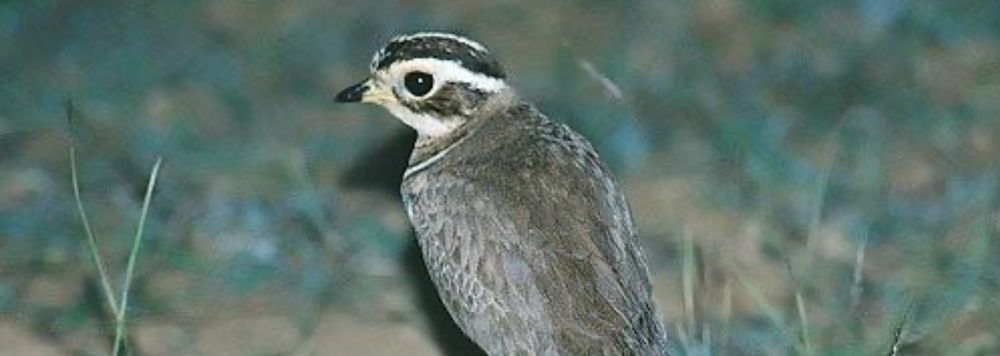
www.nature-themes.ch


That’s resulted in it now being declared a threatened species as its habitat is lost or fragmented.

That’s resulted in it now being declared a threatened species as its habitat is lost or fragmented.



oceancensus.org/press-releas...
@schmidtocean.bsky.social #NewSpecies

oceancensus.org/press-releas...
@schmidtocean.bsky.social #NewSpecies


news.stanford.edu/stories/2025...

news.stanford.edu/stories/2025...


MBARI collaborators @sunygeneseo.bsky.social have described three new deep-sea snailfishes, including one first discovered using MBARI’s remotely operated vehicle Doc Ricketts.
Learn more: www.mbari.org/news/mbaris-...

MBARI collaborators @sunygeneseo.bsky.social have described three new deep-sea snailfishes, including one first discovered using MBARI’s remotely operated vehicle Doc Ricketts.
Learn more: www.mbari.org/news/mbaris-...
After more than 20 years, the Critically Endangered Jerdon's Courser has been documented again by a team of Indian birdwatchers. 🎉
Find out more about the ‘Search for Lost Birds’ here 👉
www.birdlife.org/news/2025/09...

Conservationists caution that this rediscovery does not mean recovery and call for urgent measures to safeguard floral heritage.




They used to be widespread in Kahuzi-Biega National Park and across the Itombwe Mountains all the way down to Kabobo, but now maybe only in Kabobo. 🌍
They used to be widespread in Kahuzi-Biega National Park and across the Itombwe Mountains all the way down to Kabobo, but now maybe only in Kabobo. 🌍







